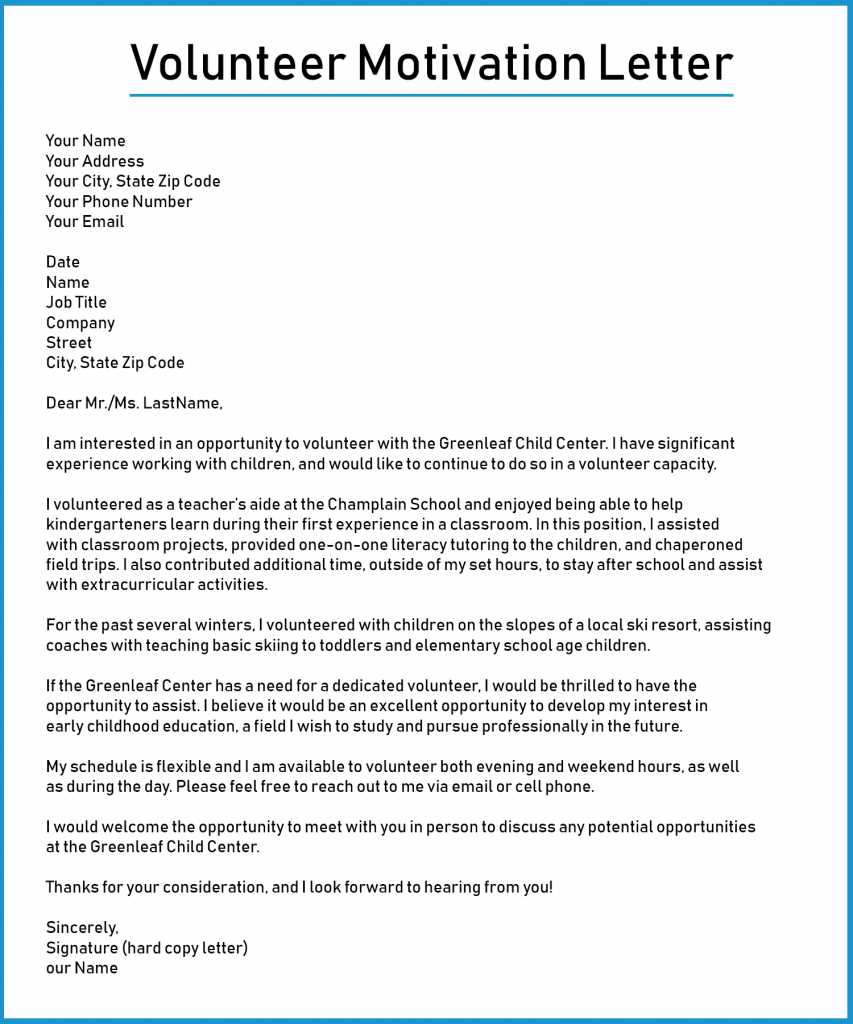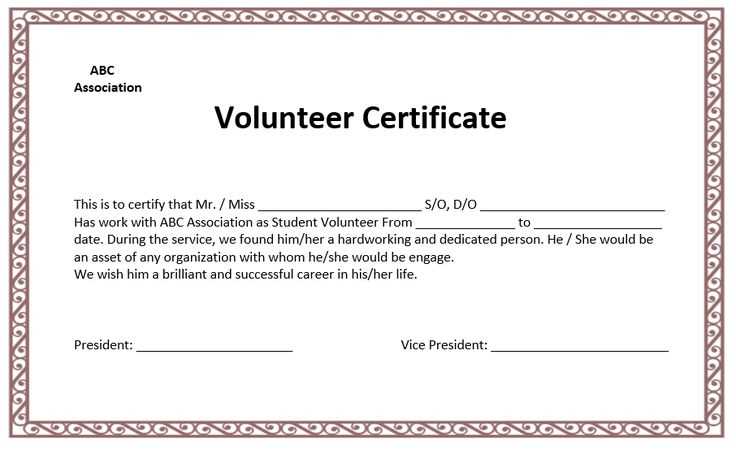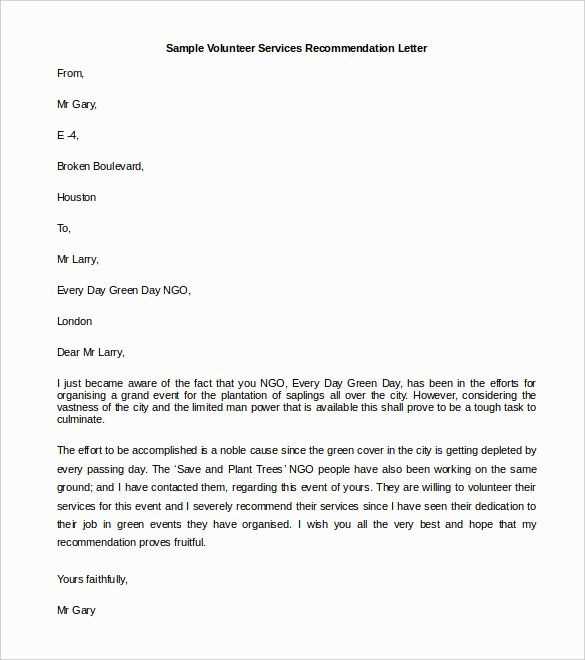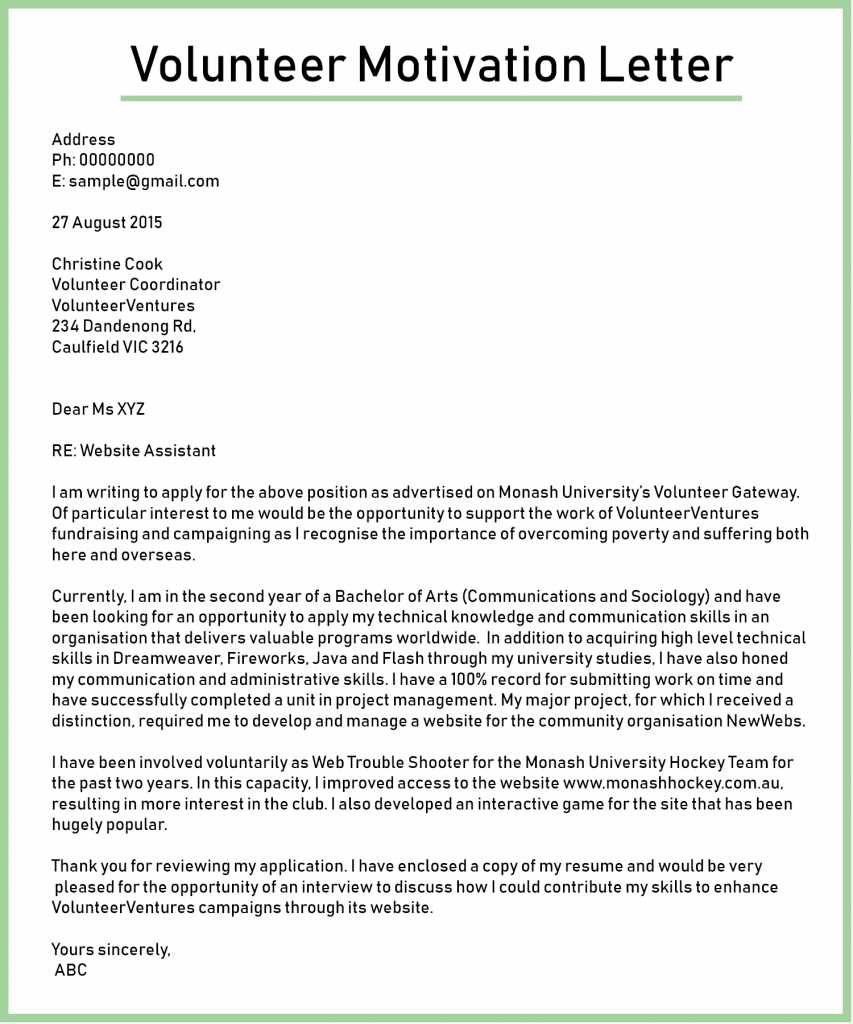Voluntary Separation Letter Template for Professional Resignation

When you decide to leave your current role, it’s important to inform your employer in a clear and respectful manner. A formal notice helps maintain professionalism and ensures a smooth transition. This document outlines your intention to depart from the company and serves as an official record of your resignation.
Essential Elements of a Formal Resignation

There are key elements to include in your resignation that will make the process more seamless for both you and your employer. These components help to maintain clarity and professionalism in your communication.
- Personal Details: Always include your name and position to identify yourself clearly.
- Effective Date: Clearly state the last day you intend to work.
- Reason for Leaving: While it’s not mandatory, briefly stating your reason can be helpful.
- Gratitude: Thank the employer for the opportunity and experience gained during your time with the company.
How to Structure Your Resignation Notice
A well-structured notice ensures it is easy to read and provides all necessary details in a concise manner. Follow a professional tone throughout, and avoid overly personal or negative comments.
- Opening Statement: Start with a formal statement of resignation.
- Effective Date: Specify your final working day.
- Reason (Optional): Provide a brief reason for leaving, if desired.
- Gratitude: Show appreciation for your time with the company.
- Closing: End on a positive note and express your willingness to assist during the transition period.
Common Pitfalls to Avoid

While writing your resignation, avoid the following common mistakes to ensure professionalism:
- Too Much Detail: Keep the reason for leaving brief and to the point, without delving into too much personal information.
- Negative Language: Avoid criticizing the company or its employees.
- Unclear Effective Date: Be sure to mention the last working day to avoid confusion.
When to Submit Your Resignation
Timing is crucial when submitting your resignation. It’s best to give your employer ample notice, typically two weeks, unless specified otherwise in your employment contract. This allows the company to plan for your departure and initiate the process of finding a replacement.
By following these guidelines, you can ensure that your resignation is handled with professionalism, preserving relationships and ensuring a smooth transition to the next phase of your career.
Guide to Crafting a Resignation Notice
When transitioning from one job to another, it’s crucial to communicate your departure professionally. A formal resignation statement not only informs your employer of your decision but also ensures a respectful conclusion to your time with the company. This guide will cover the essential aspects of creating a clear and respectful notice of departure, including common mistakes to avoid and best practices for leaving on good terms.
Understanding the Purpose of a Resignation Statement
A resignation statement serves as an official notice of your intent to leave your current role. It outlines the specifics of your departure, such as your final working day, and provides a record for both parties. This communication helps prevent confusion and establishes a formal end to your employment relationship.
Key Components of a Professional Resignation Notice
When crafting your resignation, ensure it includes the following essential elements:
- Personal Information: Clearly identify yourself by including your name and position.
- End Date: Specify the exact date you intend to cease working.
- Reason for Leaving: While not necessary, a brief mention of your reason can offer clarity.
- Gratitude: Acknowledge the opportunity and experiences gained during your employment.
These elements help ensure your message is professional, direct, and courteous, facilitating a smooth transition.
Common Mistakes to Avoid in Your Resignation Notice

To maintain professionalism, avoid these common errors:
- Over-explaining: Keep the explanation for your departure concise and to the point.
- Negative Language: Focus on the positive aspects of your experience, avoiding criticism of the company or colleagues.
- Lack of Clarity: Be specific about your final day of work to prevent misunderstandings.
By adhering to these guidelines, you can ensure that your resignation is both respectful and professional, leaving a positive impression as you move forward in your career.